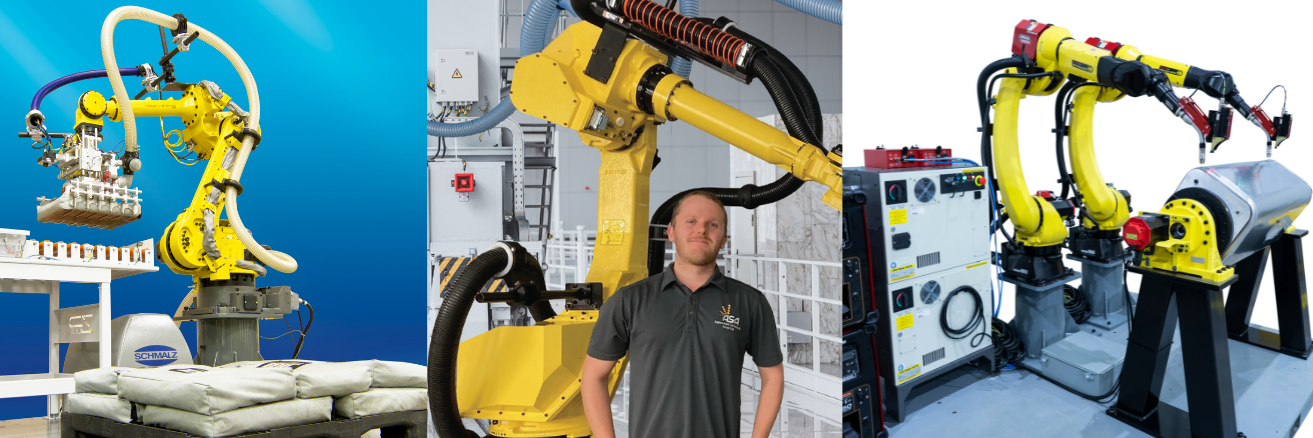The development of robotic arms has revolutionized the manufacturing process by mixing safety, precision effectiveness, and other features that were previously unimaginable. These marvels of the mechanical realm, commonly referred to as robot arms, have become indispensable in many industries around the world driven by the urgent need to reduce operating costs while maintaining the highest standards of quality. Robotic arms are being incorporated into production lines to reduce costs and improve safety. We’ll look at how these revolutionary machines can transform the way that industrial processes operate.

Image credit: automatedsolutions.com.au
The primary force behind the global surge in robotic arm adoption is cost efficiency. Factory owners are constantly under the pressure to decrease accidents at work, reduce production mistakes, and reduce waste. Robotic arms have been designed to address these issues. In contrast to human workers, robotic arms perform routine tasks with precision which eliminates costly errors and reducing waste of raw materials. For example, in industries with high volumes such as automotive manufacturing arms ensure precise welding and part placement making sure that the assembly is perfect each time. This precision translates to significant savings as less defective items mean less rework and less waste.
Safety is another important factor to the advancement of robotic arms. Many manufacturing tasks such as handling dangerous materials or operating machines that are heavy pose a risk to workers. Robots allow businesses to get their workers out of dangerous environments and reduce accidents at work. Robotic arms, made up of joints which move are able to mimic the functions of human arms, without causing physical harm. With hand end effectors that allow these machines to do tasks that are dangerous for humans, such as spinning or welding.
The range of applications for robot arms is an exciting development in a variety of industries. From automotive assembly to electronic production, robot arms can be adapted to a variety of tasks. They can carry out complex tasks with unmatched precision, including painting and tending of machines. Robotic arms have transformed the palletizing process in warehouses, making it easier to do with speed and accuracy. Automation not only increases efficiency however, it also improves reliability because robot arms are able to be productive without fatigue.
One of the most thrilling developments in this field is the rising popularity of collaborative robots or cobots, which interact with human employees. Cobots that have robotic arms, unlike conventional industrial robots that are confined in isolated cells, are designed to be able to communicate with humans securely and effortlessly. The hands of a robot can be used to perform heavy lifting and repetitive tasks in factories, meaning that workers can be freed to perform more demanding tasks. The collaboration improves productivity as well as ensures a safe work environment, as cobots can be programmed to adjust or stop their movements when someone is nearby.
The impact of robotic arms goes beyond efficiency and safety to the very structure of modern manufacturing. The capability of robotic arms to perform tasks with great precision, such as welding, material handling or assembly is what makes them essential in fields where safety is a priority. For instance, in the automotive manufacturing, a robotic arm can rotate and position parts while assembling, ensuring the perfect alignment of parts without human intervention. As in electronics, robots handle delicate components using care, minimizing damage while also improving the quality of output.
As the world of manufacturing continues to change and become more complex, the importance of robotic arms is only going to increase. Their ability to lower costs, enhance safety, and adjust to different jobs makes them an integral part of manufacturing’s future. Robot arms, which blend the latest technologies and human creativity is not just a tool they are also partners in the process. They inspire technological innovation and alter the way the world is constructed.